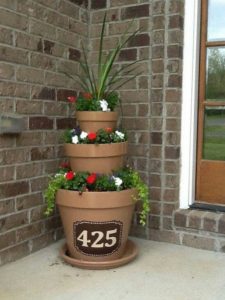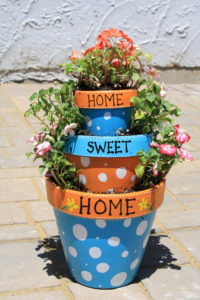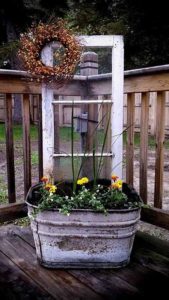Survival of the fittest. You see that every day in the garden, and not only among plants and bugs. Every spring I barely survive my own enthusiasm. This is the time of year when I’m wishing the snow away and eager to get out into the yard, where the first thing I’ll likely do is strain something. I do it every weekend. At the first opportunity I’m out there poking away at the dirt to see if it moves. If it does it means the frost is out of it and it is dry enough to do something, so I run to get something to dig with. Then I spend the rest of the week walking funny and cursing when it’s really my own fault for letting myself get out of shape.
As each year goes by I’m finding harder to stay in shape, so I came up with a great idea. I don’t know why I didn’t think of it before. Maybe it should create a garden gym. Tied a couple of bricks to a shovel, and I hooked up a rake to the wall with a bungee cord.
Being cooped up in the house without the distractions of nature I’ve discovered a whole new perspective on what I’m actually doing to myself out there in the yard every spring. After a few weeks, I’ve come to realize how much stress I actually put my poor body through.
No wonder it’s always grumbling. I now believe that gardening is just as grueling as any sport. Why, maybe gardening should be in the Olympics. That would be so thrilling. Can you imagine the spine-tingling tension of a topiary competition, or the excitement of competitive weeding? And let’s not forget the sheer titillation of questionable garden clothing.
But then I suppose there’d be the usual scandal over the use of illegal growth hormones (that will be a biggie, I’m sure), and we’d have to watch those hokey interviews with the medalists: “I owe it all to my cow, Jenny, for providing me with what it takes to grow healthy plants.” Meanwhile the medalists will all be sitting there holding shovels with trademarks showing and wearing shrink-wrapped spandex with the logos of huge fertilizer companies plastered over them.
Maybe not. Maybe I’ll skip today’s workout and give the dirt a poke instead.



